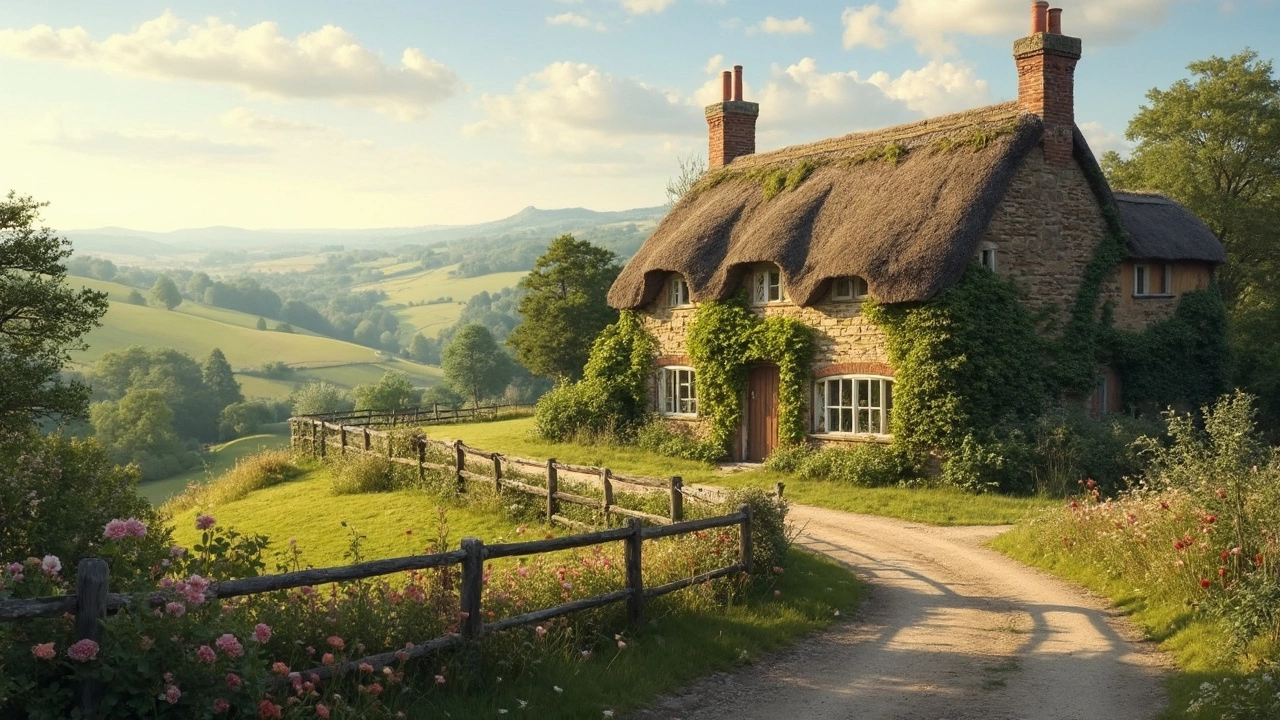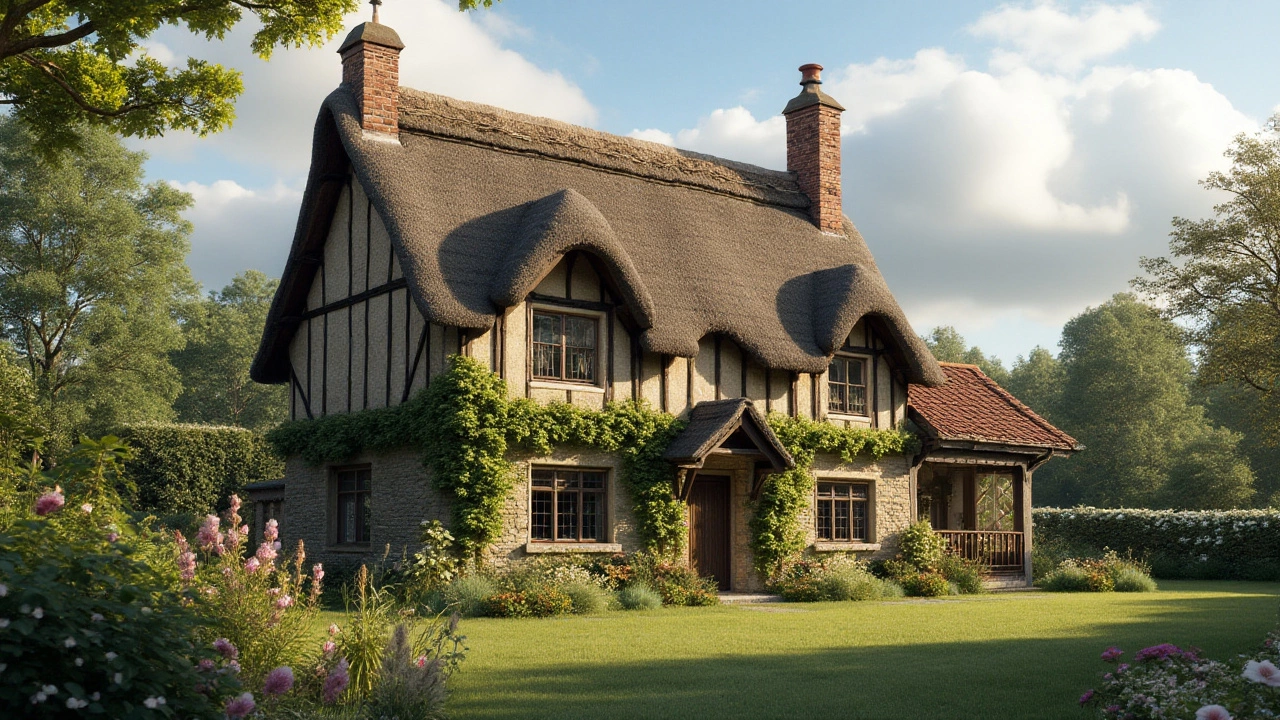Cottage Floors – Easy Choices and Care Tips
If you own a cottage, the floor you pick can set the whole mood. A good floor looks warm, stays strong against wear, and fits the countryside vibe without costing a fortune. Below are practical ideas you can use right away.
Types of flooring that work well in cottages
Solid wood is a classic choice. It feels natural, ages nicely, and matches stone walls or exposed beams. Look for pine or oak planks that are pre‑finished – they need less sanding later and are ready to install.
Engineered wood gives the same look but costs less and handles moisture better. It’s handy for basements or ground‑floor rooms where damp can be an issue.
Stone tiles add a rugged charm. Slate or flagstone can be laid in simple patterns, and they’re easy to wipe clean after a rainy day.
Vinyl or luxury vinyl tiles (LVT) mimic wood or stone at a fraction of the price. Modern vinyl is tough, water‑resistant, and comfortable underfoot – perfect for kitchens and bathrooms.
Carpet isn’t a bad idea for bedrooms. Choose low‑pile, washable carpet that feels soft but doesn’t trap dust.
Caring for your cottage floors
Whatever you pick, regular care keeps it looking fresh. Sweep or vacuum weekly to get rid of grit that can scratch the surface. For wood, use a damp mop – never soak the floor – and finish with a wood‑specific cleaner.
Stone tiles love a simple mop with mild soap. Avoid acidic cleaners that can damage the seal. Rinse well to prevent streaks.
Vinyl floors need only a quick wipe with a gentle cleaner. Avoid harsh chemicals; they can break down the surface.
Carpet in a cottage should be vacuumed on a low setting to protect the fibers. Spot‑clean spills immediately with a mild detergent.
Consider a rug runner in high‑traffic areas like entryways. It protects the floor and adds a cosy touch.
Lastly, think about the climate. If your cottage gets cold winters, a thin underlay under wood can reduce creaking and add a bit of insulation.
Choosing the right floor and keeping up with simple maintenance means your cottage will feel warm and inviting for years. Start with one room, test a sample, and you’ll see how easy it can be to get the perfect cottage floors.
How Many Floors Does a Cottage Typically Have?
Ever wondered how many floors a typical country cottage has? These charming homes often feature unique architectural designs, primarily influenced by the region and historical context. While many cottages are designed with one or two floors due to traditional building practices and space constraints, modern renovations can add more. Discover the intricacies of cottage layouts, how they maximize space, and why their humble design continues to captivate homeowners.
- Mar, 15 2025
- 0 Comments
Exploring the Architectural Limits of Cottage Floors
Rural cottages, often associated with quaint charm and simplicity, have surprisingly diverse architectural possibilities. Contrary to common belief, cottages can have multiple floors, influenced by factors like historical styles, building regulations, and personal taste. This article delves into the architectural potential of cottages, discussing how many floors they can ethically and practically have, while offering valuable insights into codes and stylistic choices. Learn about the evolution of cottage design and the intricacies of optimizing space within these rustic abodes.
- Dec, 24 2024
- 0 Comments

